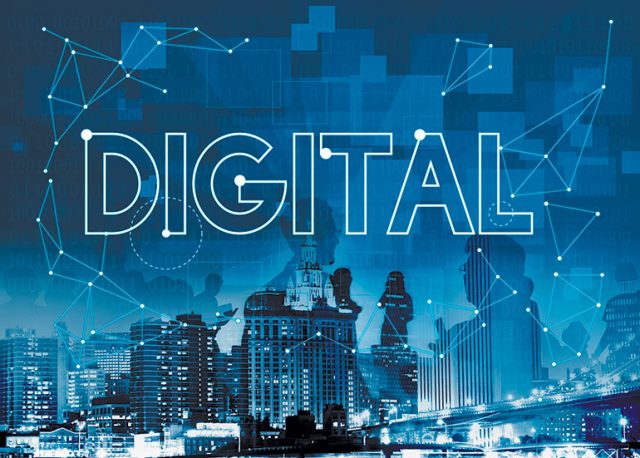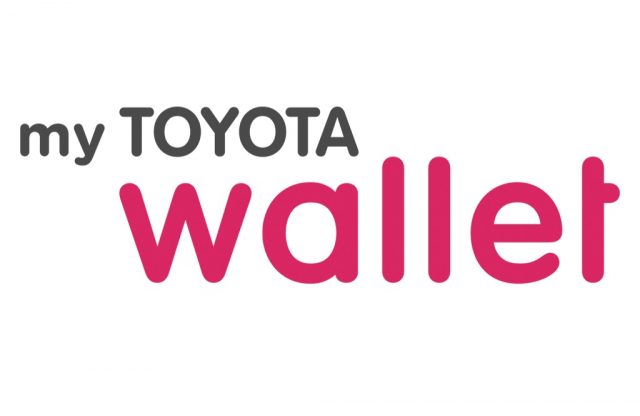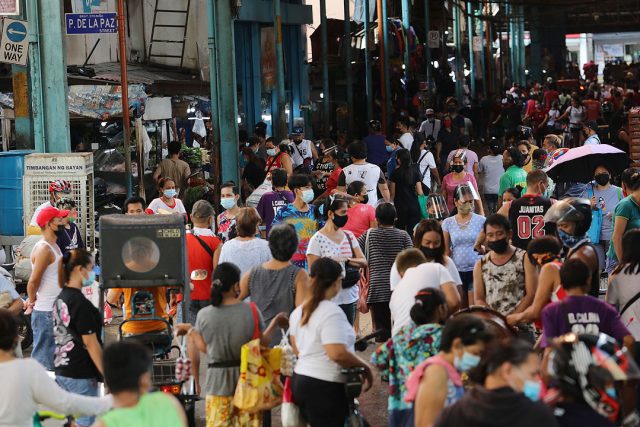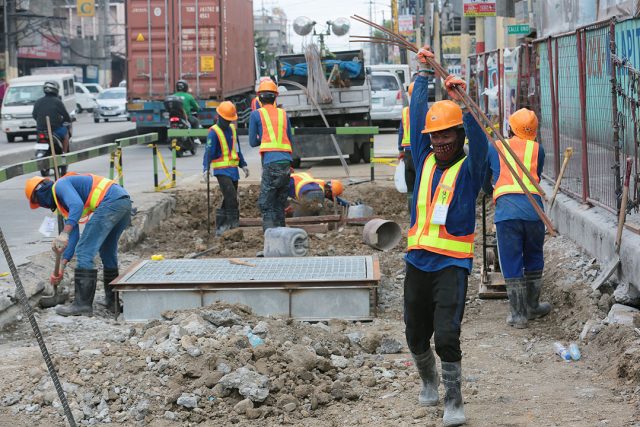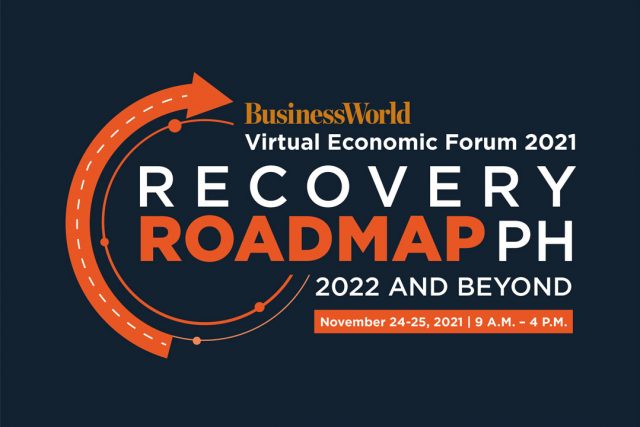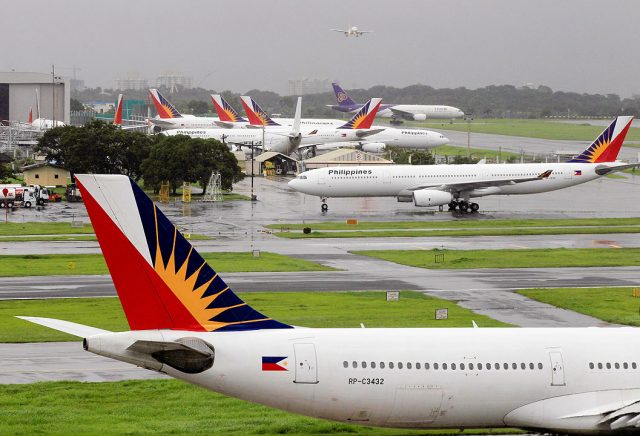NEARLY TWO YEARS since the start of the pandemic, the Philippines is on the road to recovery. Armed with the lessons from the crisis, the government and the private sector are aiming to ensure the economy will become more sustainable, resilient and inclusive.
BusinessWorld, the Philippines’ leading business newspaper, returns with the BusinessWorld Virtual Economic Forum with the theme, “Recovery Roadmap PH: 2022 and Beyond.”
Local leaders and international experts will join the two-day forum on Nov. 24 and 25 to discuss the economic outlook and industry trends.
On the first day, keynote speakers include International Monetary Fund Director of the Asia and Pacific Department Changyong Rhee and Global Green Growth Institute Director-General Frank Rijsberman.
Finance Secretary Carlos G. Dominguez III will deliver a keynote speech on the second day, sharing his insights on the “Digital Economy Transformation and Inclusion in the Post-COVID Era.” World Economic Forum’s Head of Shaping the Future of Manufacturing Francisco Betti will discuss “Tech and Industry 4.0 Trends Shaping our Future.”
The first panel on Nov. 24 will focus on “Pandemic Shifts: How COVID-19 Will Transform our Tomorrow.” Panelists include Iluminada T. Sicat, senior assistant governor for the Monetary Policy Sub-Sector of Bangko Sentral ng Pilipinas; Sagarika Chandra, director for Asia-Pacific Sovereigns at Fitch Ratings; and Steven G. Cochrane, chief economist for Asia-Pacific at Moody’s Analytics. BusinessWorld Editor-in-Chief Wilfredo G. Reyes will moderate the panel.
For the panel “Creating a Culture of Business Resilience and Sustainability,” speakers include Jose Teodoro “TG” K. Limcaoco, president and chief executive officer (CEO) of the Bank of the Philippine Islands; Jaime T. Azurin, president and CEO of Meralco Powergen Corp.; Joseph Sigelman, CEO of Atlantic Gulf & Pacific Co.; and Raoul Antonio E. Littaua, president and CEO of The Insular Life Assurance Co. Ltd. BusinessWorld Managing Editor Cathy Rose A. Garcia will moderate.
Breakout sessions will tackle topics such as smart cities, climate change and clean energy. Speakers include Dr. Enrico C. Paringit, director of the Department of Science and Technology – Philippine Council for Industry, Energy, and Emerging Technology Research and Development; Srinivas Sampath, director of the Urban Development and Water Division of the Southeast Asia Regional Department of the Asian Development Bank; Rafael Fernandez de Mesa, president of LIMA Land and head of Aboitiz Economic Estates, Aboitiz InfraCapital, Inc.; and David T. Leechiu, CEO of Leechiu Property Consultants.
For the session on climate change, speakers include Emmanuel M. de Guzman, secretary of Climate Change Commission; Oliver Y. Tan, president of Citicore Power, Inc.; and Angela Consuelo S. Ibay, head of Climate Change and Energy Programme at WWF-Philippines.
There will also be a fireside chat with Eric Feigl-Ding, an adjunct senior fellow at the Federation of American Scientists, on “Strengthening the Public Health System.” Jean-Marc Arbogast, country manager for the Philippines at International Finance Corp. will speak with Daniela Luz Laurel, a columnist for BusinessWorld, on “Investing in Circular Economy as a COVID-19 Recovery Strategy.”
For the “Ask the Expert” session, Anthony Oundjian, managing director and senior partner at Boston Consulting Group, will discuss rebound tactics for pandemic-hit sectors.
Meanwhile, the second day of the forum will tackle digital transformation and technologies.
For the first panel “Accelerating the Growth of Emerging Industries,” speakers include Paolo Maximo F. Borromeo, president and CEO of Ayala Healthcare Holdings, Inc.; Angeline Tham, CEO of Angkas; and Vince Yamat, managing director of Globe’s 917 Ventures. It will be moderated by Andrew J. Masigan, a columnist for BusinessWorld.
The second panel on “Improving the Country’s Telecoms Connectivity” will feature Leo Urbiztondo, Jr., director of Government Digital Transformation Bureau at the Department of Information and Communications Technology (DICT); Jesus C. Romero, chief operations officer at Converge ICT Solutions; and invited speaker Joel Agustin, SVP, Program Delivery for Mobile & Fixed Networks at Globe Telecoms, Inc. Arjay L. Balinbin, senior reporter of BusinessWorld, will moderate.
A breakout session on data privacy and cybersecurity features Raymund E. Liboro, chairman of the National Privacy Commission; Raymond Medina, highly technical consultant for Cybersecurity Bureau of DICT; Yeo Siang Tiong, general manager of Kaspersky Southeast Asia; and Angel T. Redoble, chairman and founding president of the Philippine Institute of Cyber Security Professionals. BusinessWorld Senior Reporter Jenina P. Ibañez will moderate.
Another breakout session on upskilling the workforce will include Lars Wittig, country manager of International Workplace Group PHL; James Matti, managing director of Willis Towers Watson; and Suchita Prasad, leader of McKinsey Academy, Southeast Asia and senior expert of McKinsey & Co.
There will be two separate fireside chats with Jonathan Wong, chief of technology and innovation at the United Nations Economic and Social Commission for Asia and the Pacific; and Rafaelita M. Aldaba, undersecretary for the Competitiveness and Innovation Group at the Department of Trade and Industry.
For the “Ask the Expert segment,” Patricia Buenaventura Nichol, an expert partner for Hong Kong at Bain & Co., and Florian Hoppe, partner and head of Bain’s digital practice in Asia-Pacific will share their insights on digital consumers.
The BusinessWorld Virtual Economic Forum 2021 will be hosted on an interactive platform that will open networking opportunities for attendees.
The entire two-day forum will be hosted by Regina Hing, business news editor of Cignal TV, Inc.
Registration for the BusinessWorld Virtual Economic Forum 2021 is now open at www.bworldonline.com/BWVEF2021.
BusinessWorld Virtual Economic Forum 2021 is made possible by Gold sponsors: LT Group, Inc., Globe Telecom, Inc. and AG&P; Silver sponsors: Aboitiz InfraCapital, Inc., GT Capital Holdings, Inc., BDO Unibank, Inc. and SM Investmens, Inc.; Bronze sponsors: Maynilad Water Services, Inc., Manila Electric Co., SGV & Co., McDonald’s and Robinsons Supermarket; and with the support of Asia Society Philippines, British Chamber of Commerce of the Philippines, French Chamber of Commerce and Industry in the Philippines, Management Association of the Philippines, Nordic Chamber of Commerce of the Philippines, Philippine Chamber of Commerce and Industry, Philippine Franchise Association, Busybee, One News and The Philippine STAR.
For inquiries, please contact Shai Cordero through e-mail at marcom@bworldonline.com.

